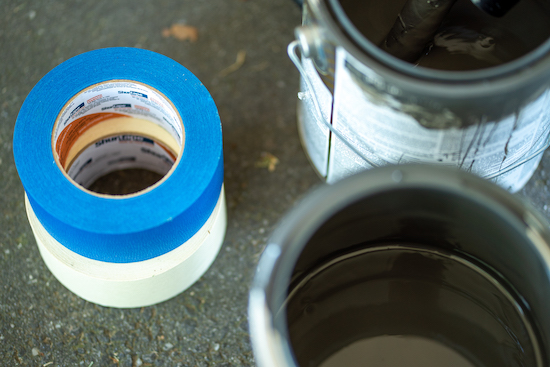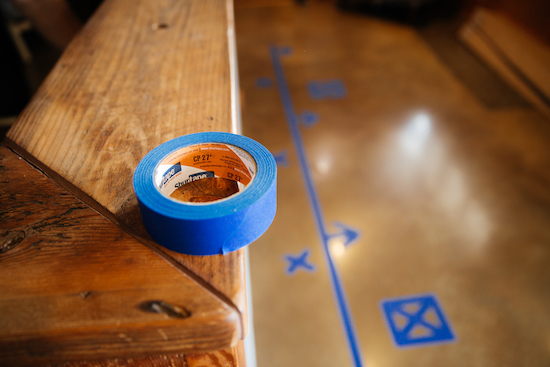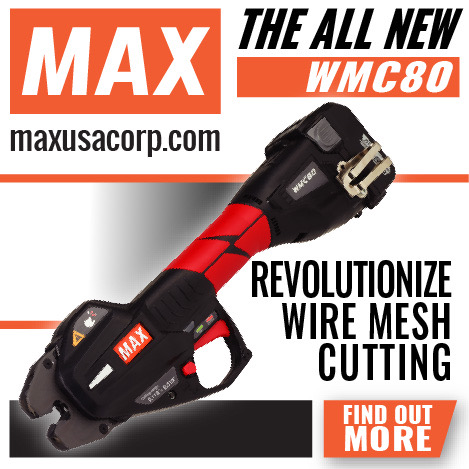Exclusive: Small Tool, Big Effects
Tape can have unexpected consequences in MRO work. Here are the most important things to consider when reaching for a roll.
by Patti LaPorte, Director of Product Marketing, Shurtape Technologies, LLC
 |
 |
 |
It may seem simple enough, but masking tape is a tool that comes in a variety of forms—and those forms are not all designed for the same applications.
There is a vast field of masking tape products and brands available, which can make selecting the right tape an unexpectedly complicated challenge. Using the wrong tape for your application can have costly consequences that range from project inefficiencies from rework to property or equipment damage from an incorrect level of adhesion. Conversely, the right tape can save you time and money while yielding professional results.
The trick in knowing which rolls to select comes down to education and awareness.
Construction & Characteristics ?There are two primary types of masking tapes used in industrial maintenance and repair applications: beige and blue.
Generally speaking, beige masking tape (often called general purpose masking tape) offers more utility for tasks that require a firmer, longer-lasting hold, such as bundling, labeling and on-the-fly repairs. Blue masking tape (also often referred to as painter’s tape) is primarily designed for painting applications and a range of other maintenance tasks where low to medium adhesion is required for clean removal, such as floor and wall marking.
Both types are comprised of three components: a paper backing, an adhesive and a release coat that helps it peel off the roll. With paper backing, durability is key—a more durable masking tape can stretch and flex to accommodate different surfaces while offering robustness to avoid breakage on removal.
In terms of adhesion, a high-quality adhesive formulation will ensure the tape makes proper contact with the surface, holds as long as it is intended and removes without damaging the surface or leaving behind a messy residue.
Performance
Here's a rundown of important performance properties of tape to consider, along with tips that can help you make the best tape choice for your application.
Tack. Tack describes how quickly a tape’s adhesive initially sticks to a surface and creates a bond. The higher the tack, the faster the tape will hold in place. Painter’s tape typically has a lower tack, which is why it makes for a better choice in painting applications where you don’t want to damage the surface you’re masking. It’s also better for instances when you may need to quickly remove and reposition the tape for more accuracy.
Bond. Bond is a measure of the “strength” of the adhesive’s hold, specifically how firmly the tape sticks to a surface over a given time period. When you need higher bond for applications like labeling tool drawers or bins of hardware, bundling extension cords or rope or on-the-fly repairs, reach for general purpose beige masking tape, which typically has a stronger bond.
Conformability. The ease with which masking tape can be applied to a surface is often determined by the amount of conformability or stretchability built into the product. Quality masking tapes can more easily stretch and form around curves and angles without tearing while maintaining consistent adhesion and contact.
Conformability is particularly important for tasks that involve taping around irregular shapes or inconsistent surfaces and for maintaining crisp, clean paint lines.
Tear resistance. Tape shredding—when tape tears upon removal—can lead to costly inefficiencies as you or your crew have to spend extra time picking and scraping at small pieces of tape. Preventing shredding relies partly on a little patience when removing. But a more important variable is making sure to use a premium grade tape made with a high-quality fine structured crepe paper that doesn’t easily tear.
Lower-quality masking tapes typically cost less per roll, but they’re also less durable, which means the up-front cost savings quickly disappear with time wasted on unnecessary cleanup of tape scraps. A higher quality tape will be more durable for tasks like masking and floor marking.
Clean removal. Clean removal time refers to the duration, usually measured in days, that a tape can remain in place on a surface prior to the start of painting without damaging the surface or leaving behind sticky residue when it's removed. Generally speaking, the higher adhesion strength means shorter clean removal time—which is why beige tape typically has a shorter clean removal time than blue tape.
Use blue painter’s tape for painting. Use beige masking tape for holding, binding and quick repairs. Every tape’s adhesive is rated for a period of time that it can remain on a surface and still remove cleanly—be sure to read the product packaging or manufacturer’s specifications to know your specific tape’s clean removal time.
UV resistance. Whether your work area is outdoors or indoors and exposed to prolonged sunlight, UV resistance prevents the sun’s rays from breaking down the tape’s adhesive properties and drying out the paper backing, which can become brittle and dry out. Some masking tapes and painter’s tapes use rubber or synthetic-rubber adhesives, which can break down and cause the tape to fail when exposed to direct sunlight for long periods of time. Be sure to look for products specifically formulated with additives that help aid in UV-resistance.
Temperature tolerance. When working in areas with extreme temperatures like cold rooms or boiler rooms, it pays to invest in a durable tape that can perform within your specific temperature range. Just like the presence of UV light can negatively impact a tape’s adhesion and paper backing, extreme temperatures can have the same effects.
Adhesive in painter's tapes and general purpose masking tapes typically perform in temperature ranges from 50 F to 200 F. High-performance masking tapes, which are typically used for heavy-duty industrial applications, can be rated up to 350 F, depending on the product.
 Don’t forget — quality counts?
Don’t forget — quality counts?
Masking tape is a timesaving tool with a wide variety of uses in industrial environments with regular maintenance and repair needs. Whether you’re using tape for painting and floor marking or sealing and labeling, it always pays to invest in a quality product to help you and your crew complete the job quickly and get on your way to the next task.
Learn more about Shurtape products at www.shurtape.com
















